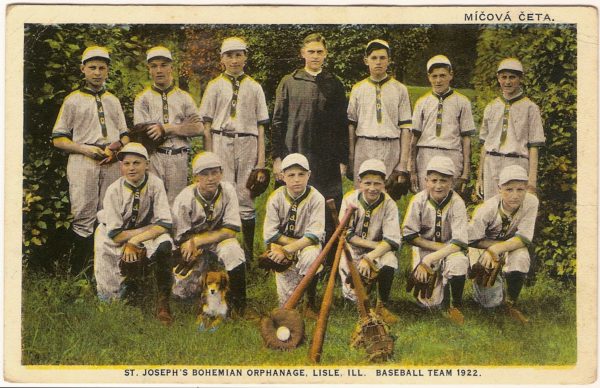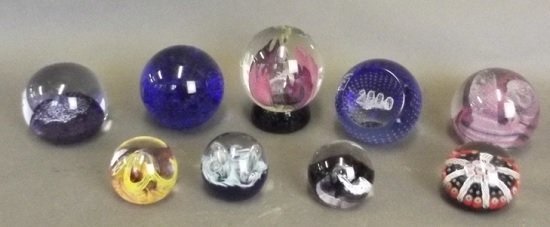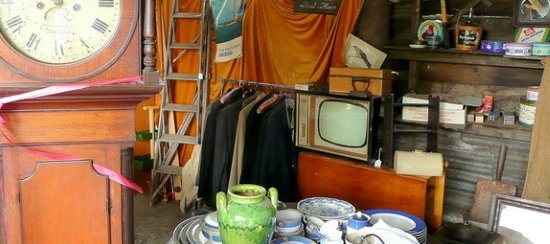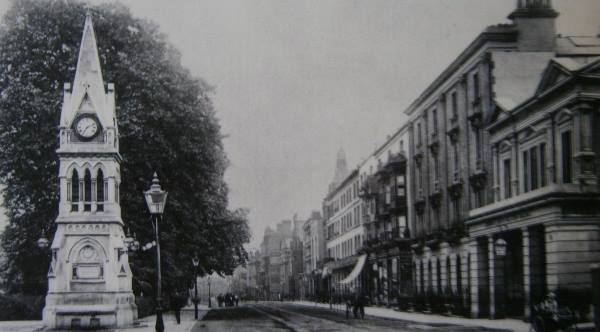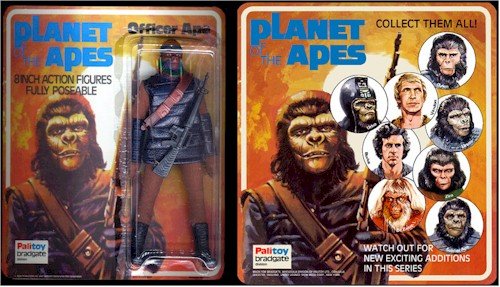
Planet of the Apes was a terrific idea for a bigscreen movie, and later became a terrific idea or a host of toys and related items. Ultimately, everything from action figures and play sets to rings and wastebaskets bore the image of a remarkable imaginary place where apes ruled the human race.
Today, the original movie and its sequels can still be found from time to time on cable television, and the products they fostered now rule as significant collectibles.
The major film which started it all, Planet of the Apes, premiered early in 1968. It starred Charlton Heston as the ill-fated astronaut Taylor and Roddy McDowell as the chimpanzee scientist Cornelius.
Originally, the idea of superior apes and inferior humans came from the science fiction novel by Pierre Boulle. However, the movie script was the work of Twilight Zone’s immortal Rod Sterling.
“The concept of a planet run by talking, intelligent apes, where humans were considered the lowest primate on the evolutionary chain, intrigued audiences throughout the world,” notes Christopher Sausville, author of the book Planet of the Apes Collectibles. “The film received great reviews and broke box-office records wherever it was shown.”
The shocking closing scene showed astronaut Taylor, after escaping the rule of the apes, riding his horse in the forbidden area. By showing the Statue of Liberty buried in the wasteland, movie makers dramatically revealed the forbidden area to actually be the ruins of New York City.
With audiences loving it, Hollywood moved to produce a series of others inspired by the original movie. Beneath the Planet of the Apes appeared in 1970, Escape from the Planet of the Apes in 1971, Conquest of the Planet of the Apes in 1972, and Battle for the Planet of the Apes in 1973.
Initially, there was not much related merchandise for eager fans. Both hardcover and paperback issues of the novel were available in the l960s. Signet issued numerous paperback printings of the Boulle book, and then packaged a number of the sequels in similar format.
From the movies themselves came posters and an assortment of lobby cards and movie stills. A record album featured the original sound track of the film with photographs of cast members inside. But the best was yet to come. As successful as the whole range of Planet of the Apes movies had been the explosion of related merchandise would likely not have occurred in the 1970s had the concept not been adapted for a television series.
In the fall of 1974, the television series aired featuring only McDowell from the original effort. McDowell had appeared in all but one (Beneath the Planet of the Apes) of the major films. In the TV series the enduring McDowell appeared as Galen.
Probably the biggest name in Planet of the Apes toys was the Mego Corporation. The progressive New York company had been a leader in the marketing of action figures during that era including Tarzan, Superman, Batman and Robin, and Spiderman. In the early 1970s they began a series of figures based on the Apes films. The early issues, dated l973, included the Astronaut,
Soldier Ape, Cornelius, Dr. Zaius, and Zira. Issues dated l974 included Galen, General Urko, TV character Peter Burke, and TV character Alan Verdon. One of the stars of Montgomery Ward’s 1974 Christmas catalogs, as a matter of fact, was the Astronaut figure Taylor from Mego. It was a great seller that holiday season.
Besides boxed and packaged figures, Mego also offered sky diving parachutist versions of both Galen and Dr. Zaius. The characters could also ride an action stallion with came in brown or yellow.
Mego soon expanded the selection to various play sets including the Planet of the Apes Treehouse, Planet of the Apes Forbidden Zone Trap, Apes Village, Apes Fortress, Apes Catapult and Wagon, Apes Throne, and Apes Jail.
Mego also cashed in on the Planet of the Apes craze with a series of five-inch Bend ‘n Flex figures which included the Astronaut, Dr. Zaius, Zira, Galen, Cornelius, and the Soldier Ape. But the action figures were only a part of the Apes boom.
Amsco, for example, provided a Planet of the Apes Adventure set made of fiberboard, which included Ape headquarters, underground ruins, villagers hut, doomsday bomb cave, and jail with moving door. It was all supplemented with die cut fiberboard figures. There were also two different sets of trading cards from Topps, a sub-machine gun from Mattel, a pellet rifle from Larami, and an embossed metal lunch box complete with thermos from Aladdin. There was an abundance of puzzles dealing with the show’s theme from makers like Aurora, H.G. Toys, and Whitman. H.G. offered puzzles both in boxes and in canisters. Aurora marketed giant Planet of the Apes puzzles, which reached nine feet when completed.
Milton Bradley produced a boxed board game based in the TV series in 1974. The Ben Cooper Company introduced Halloween masks and costumes based on a number of the Apes characters, and Introport Development Company offered a made-in-Hong Kong plastic pendant-style radio.
Activity and coloring books came from Saalfield, and a Color-Vue Set with pencils and pictures came from Hasbro. Chemtoys provided Fun-Do Modeling Molds, which featured various characters. Marvel provided comic books, while Magazine Management provided a sort of magazine with comic illustrations and regular features.
Possibly one of the real sleeper items of the Planet of the Apes period were the metal wastebaskets created by the Chein company, once famed for their lithographed toys. During the l970s, the company created some very graphic, full-color wastebaskets spotlighting Campbell’s Soup, Mickey and Minnie Mouse, and two Apes versions. One featured the Statue of Liberty scene and an Ape soldier. Another depicted caged humans. Both examples are prized by collectors.
Play Pal issued a striking Galen plastic bank in the early 1970s, as well as one featuring Dr. Zaius. The Renzi Corp. also crafted an all-plastic 17-inch Dr. Zaius bank. Much scarcer are the toy rings, which were made by the Stan Toy Company in England. The five different rings included Dr. Zaius, Galen, Zira, Urko, and Cornelius also identified as the TV character Caesar. Some, including author Sausville, credit the original movie for creating “a new film genre, the space opera, which grew to tremendous proportions with the release of such films as Close Encounters…” and others.
For the Mego Corporation marketing of the Planet of the Apes merchandise marked the zenith of their existence. Their efforts with American West and Star Trek were faltering. In 1977, the company declined product rights to still another science fiction movie indicating such films had no future. Instead, the company selected Kenner, and the movie was Star Wars.
As popular as the movies had been, the TV series lasted one season. A Saturday morning cartoon show based on both the movies and the TV show lasted only briefly. It was aptly titled, Return to Planet of the Apes. Recommended reading: Planet of the Apes Collectibles by Christopher Sausville, Schiffer Publishing.


